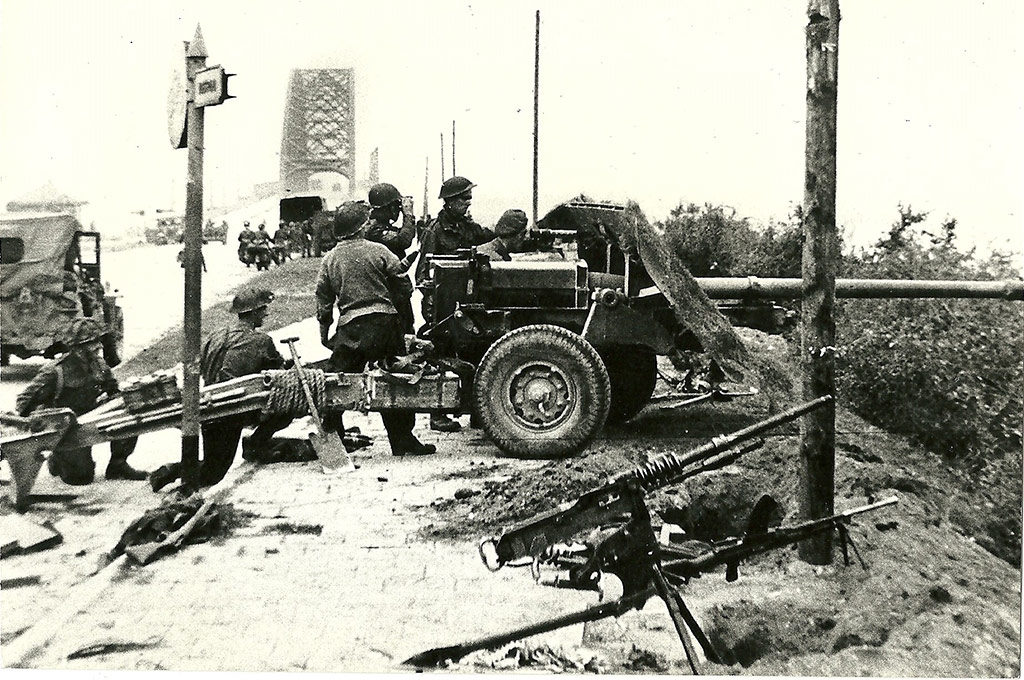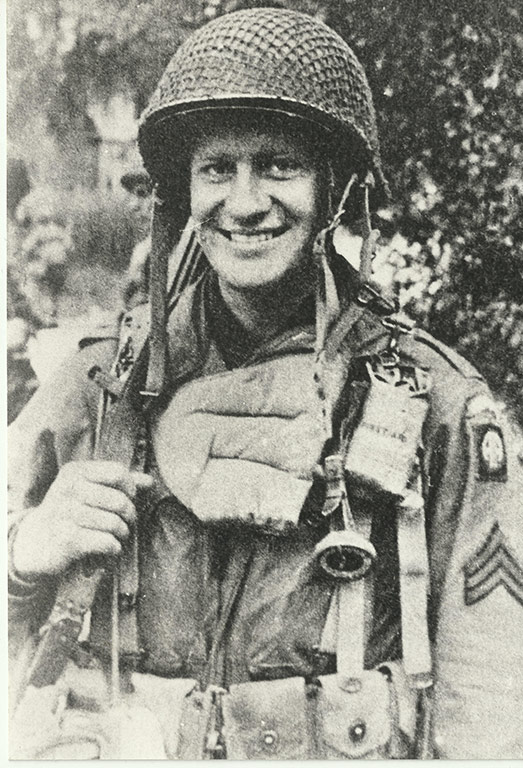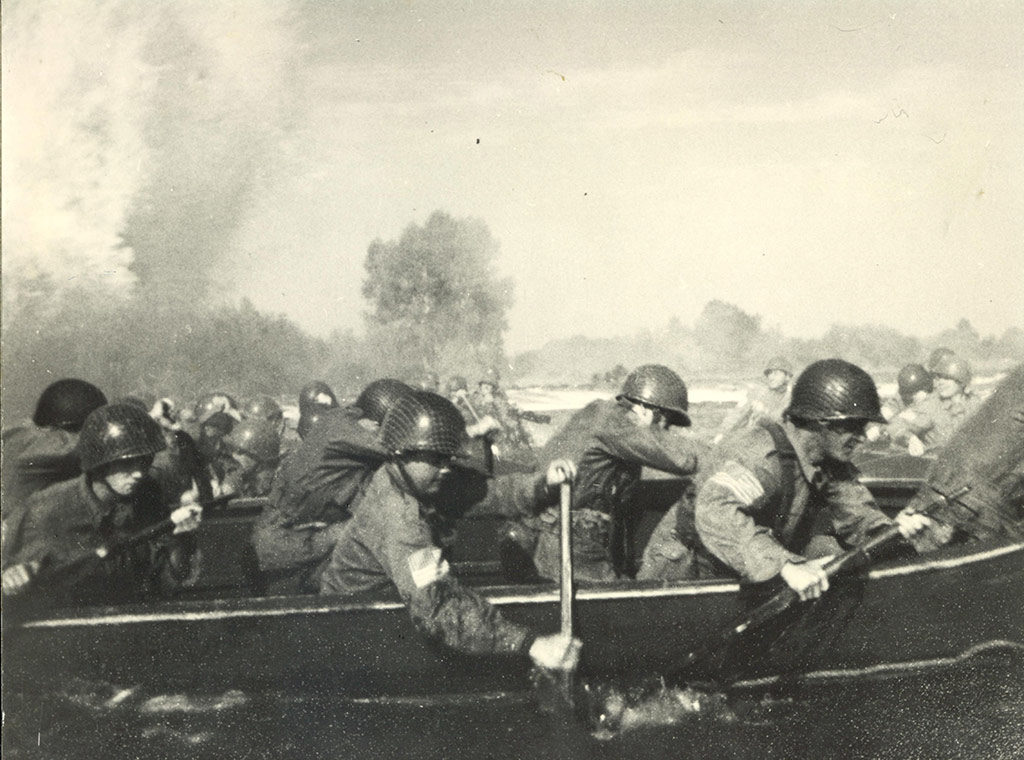- Point of Interest
- Lange Baan 2, 6511 Nijmegen, Pays-Bas
The city of Nijmegen played an important role in Operation Market Garden. With two bridges across the Waal river it was vital for the Allied advance towards Arnhem and Germany later on. On 20 September 1944 U.S. troops managed to capture both bridges and liberate the city.
The city of Nijmegen played an important role in Operation Market Garden. With its two bridges across the Waal river (the main branch of the Rhine), control of the city was vital for the planned push towards Arnhem and Germany. On 17 September the first attempt was made to capture the two bridges by units of the American 82nd Airborne Division that were dropped around the nearby village of Groesbeek. The American forces managed to get within 400 metres of the Waal bridge but were then thrown back by German forces. The next day another attack was initiated, but again the paratroopers were unable to secure the bridge.
On 19 September the ground forces of the 30th Corps made contact with the airborne units in Grave. A combined attack to secure the bridges was made, this time with tank support from the Guards Armoured Division. Again the Allied advance was halted just before the bridges. By this time the German forces had received reinforcements from the 10th SS Panzer Division and put up stiff resistance. It was becoming clear that the bridges could not be stormed. The plan was made to attack the bridges from both sides at the same time. This would mean putting forces across the river in boats. On 20 September units from the 82nd Airborne crossed the river under murderous enemy fire. They managed to establish a beachhead on the northern bank of the Waal and from this small foothold they eventually were able to storm and capture the bridges of Nijmegen and liberate the city.



